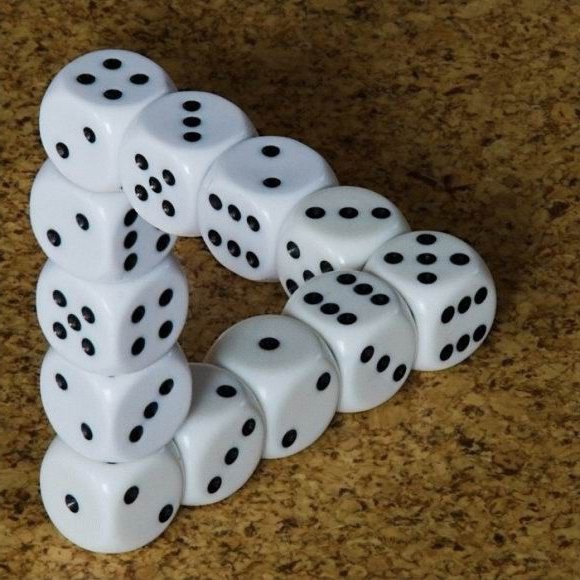You will need
- Calculator
Instruction
1
The strict definition of the base of the triangle" in geometry does not exist. Typically, this term denotes the side of the triangle, which opposite vertices held perpendicular (lowered height). Also this term called "the unequal side of an equilateral triangle. Therefore, select from the variety of examples, known in mathematics under the term "solution of triangles", the options in which meet the height and equilateral triangles.
If you know the height and the area of a triangle, to find the base of the triangle (the length of a side, which lowered the height), we use the formula for finding the area of a triangle, claiming that the area of any triangle can calculate, by multiplying half the base length to the length of the height:
S=1/2*c*h, where:
S - the area of the triangle
- the length of its base,
h - the length of the height of the triangle.
From this formula we find:
s=2*S/h.
For example, if the area of the triangle is 20 sq. cm, and the length of the height - 10 cm, the base of the triangle will be:
C=2*20/10=4 (cm).
If you know the height and the area of a triangle, to find the base of the triangle (the length of a side, which lowered the height), we use the formula for finding the area of a triangle, claiming that the area of any triangle can calculate, by multiplying half the base length to the length of the height:
S=1/2*c*h, where:
S - the area of the triangle
- the length of its base,
h - the length of the height of the triangle.
From this formula we find:
s=2*S/h.
For example, if the area of the triangle is 20 sq. cm, and the length of the height - 10 cm, the base of the triangle will be:
C=2*20/10=4 (cm).
2
If you know the sidewall and the perimeter an equilateral triangle, the length of the base can be calculate by the following formula:
C=R-2*a, where:
P - perimeter of the triangle
a - the length of the sides of the triangle
- the length of its base.
C=R-2*a, where:
P - perimeter of the triangle
a - the length of the sides of the triangle
- the length of its base.
3
If you know the side opposite and the magnitude of the base angle of the equilateral triangle, the length of the base can be calculate by the following formula:
C=a*√(2*(1-cosC)), where:
C - the value of the opposite base angle of the equilateral triangle
a - the length of the sides of the triangle.
- the length of its base.
(Formula is a direct consequence of the theorem of cosines)
There is a more compact recording of the formula:
C=2*a*sin(B/2)
C=a*√(2*(1-cosC)), where:
C - the value of the opposite base angle of the equilateral triangle
a - the length of the sides of the triangle.
- the length of its base.
(Formula is a direct consequence of the theorem of cosines)
There is a more compact recording of the formula:
C=2*a*sin(B/2)
4
If you know the sidewall and the value of the adjacent base angle of an equilateral triangle, the length of the base could be calculated in the following easy-to-remember formula:
C=2*a*cosA
A - the value of the adjacent base angle of an equilateral triangle,
a - the length of the sides of the triangle.
- the length of its base.
This formula is a consequence of the theorem about projections.
C=2*a*cosA
A - the value of the adjacent base angle of an equilateral triangle,
a - the length of the sides of the triangle.
- the length of its base.
This formula is a consequence of the theorem about projections.
5
If you know the radius of the circumscribed circle and the value of the opposite base angle of the equilateral triangle, the length of the base can be calculate by the following formula:
C=2*R*sinC, where:
C - the value of the opposite base angle of the equilateral triangle
R - radius of a triangle circumscribed around a circle
- the length of its base.
This formula is a direct consequence of the theorem of sines.
C=2*R*sinC, where:
C - the value of the opposite base angle of the equilateral triangle
R - radius of a triangle circumscribed around a circle
- the length of its base.
This formula is a direct consequence of the theorem of sines.
Note
To start obstreperous from the particulars and see how to find the base of the triangle that is neither equilateral, nor isosceles, nor rectangular. Since the basis in this figure can serve as any party to begin, select some face and "will consider" its base. Accordingly, turn the triangle so that he was standing and look for the length.
Useful advice
How to find isosceles triangle? Looking in this triangle. If an equilateral triangle given a side and angle, which is opposite the base, you can hold this angle the height of the triangle. As a result, the property of an equilateral triangle, you get two equal rectangle.
